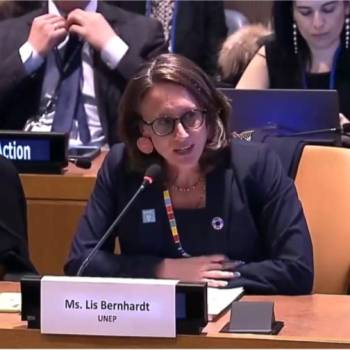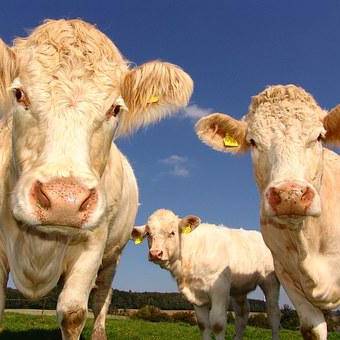
A new charter enacting more ambitious objectives has just seen the light of day at COP 26. It concerns the fashion industry. A textile industry which, let us remember, is a real scourge for the environment since it represents the third most water-consuming sector in the world after the cultivation of wheat and rice. Textile production uses 4% of the drinking water available in the world. In addition, it generates considerable atmospheric pollution. In fact, no less than 1.2 billion tonnes of greenhouse gases are emitted each year, which represents up to 10% of global greenhouse gas emissions. That is why, a rise in production standards as part of an environmentally friendly approach can only be welcomed.
The fashion industry is raising its collective ambition with updated science-based emissions reduction targets as part of the Fashion Industry Charter for Climate Action. Announced today at the COP26, the renewed commitments , form a plan Decarbonisation aligned with the Paris Agreement ambitions to limit the rise in global temperature to 1.5 degrees Celsius above the préindustratifs levels. They recognize the fashion industry as a major global player that must take an active part to help achieve these goals.
The call for companies to set scientific targets or to halve their emissions by 2030 is essential in this regard, by committing to achieve net zero emissions by 2050 at the latest. an update from the previous target of reducing overall greenhouse gas emissions by 30% by 2030.
A timely determination in favor of climate action and which follows the latest report of the Intergovernmental Panel on Climate Change (IPCC), which referred to a "red code for humanity. ".
"This is a milestone for the Charter of fashion, because it increases the level of ambition in order to align the industry with 1.5 degrees. It's a signal that we need to work closely with our peers, our supply chain, policymakers and consumers to achieve carbon neutrality , ”said Stefan Seidel of PUMA, who co-chairs the Charter Steering Committee. of the fashion industry.
Other commitments in the updated Charter include the supply of 100% electricity from renewable sources by 2030, the supply of environmentally friendly raw materials and the phasing out of coal from the supply chain by 2030, among others.
The signatories of the Fashion Charter collectively represent a significant proportion of the fashion industry. There are currently 130 companies and 41 supporting organizations that have signed on to the Fashion Charter, including some of the well-known brands such as Burberry, H&M Group, VF Corporation, adidas, Kering, Chanel, Nike and PUMA, as well as suppliers. such as Crystal Group, TAL Apparel and others.
The renewed Charter also calls for the creation of incentive mechanisms for the engagement of suppliers in the decarbonisation path and describes measures aimed at involving other stakeholders who will have to play their role, including decision-makers, financial institutions and those in charge of communication. The Charter presents a plan to jointly develop and implement a collective decarbonisation strategy using the practical tools necessary to achieve the Charter's objectives in terms of reducing greenhouse gas emissions;
“At a time when the climate crisis is accelerating to unprecedented levels, we need the real economy to lead climate action. The strengthened commitments of fashion charter signatories are a prime example of such leadership, ” said Niclas Svenningsen, head of global climate action at UN Climate Change.
The new Charter will be presented at COP26, in a session exploring how to move the fashion industry to a net zero path, understand the opportunities and obstacles to decarbonization, and the existing solutions that can be implemented. scale and accelerated. During the event, a call for practices to encourage the use of traceable and environmentally friendly materials was issued.
About the UNFCCC
With 197 Parties, the United Nations Framework Convention on Climate Change (UNFCCC) has near universal membership and is the parent treaty of the 2015 Paris Agreement on Climate Change. The UNFCCC is also the parent treaty of the Kyoto Protocol of 1997. The ultimate objective of all agreements concluded within the framework of the UNFCCC is to stabilize the concentrations of greenhouse gases in the atmosphere at a level which will prevent any dangerous human interference with the climate system, within a time frame that allows ecosystems to adapt naturally and enables sustainable development.
Posted on 2021-11-13 13:16








Comments